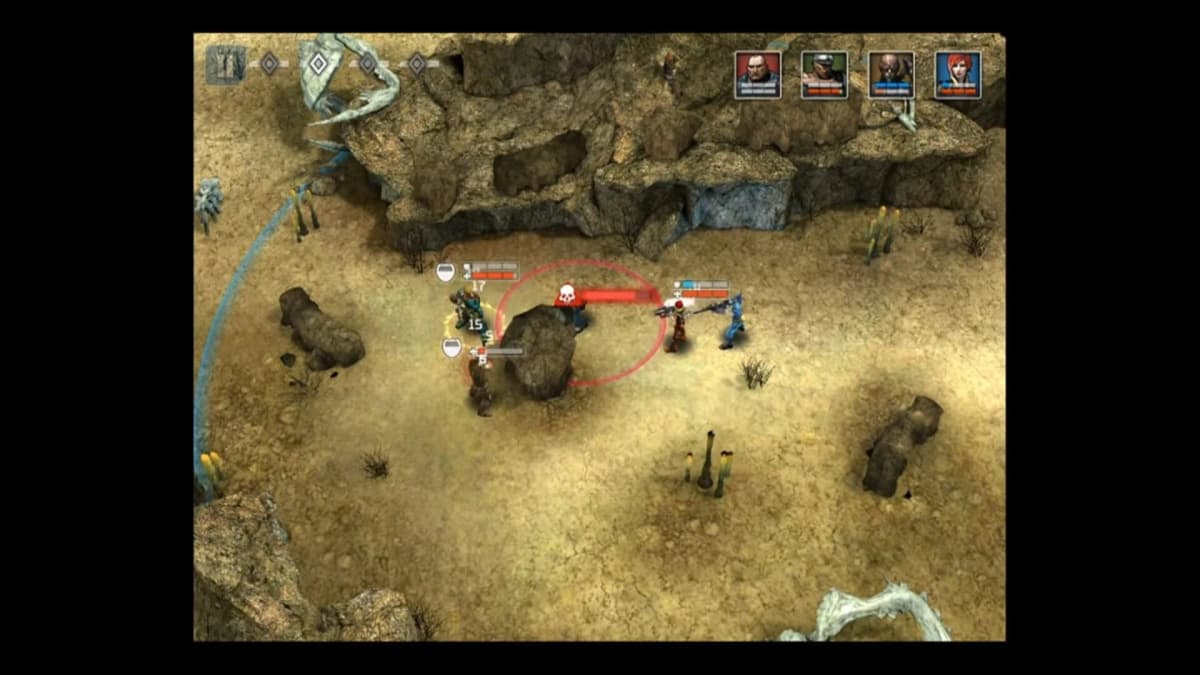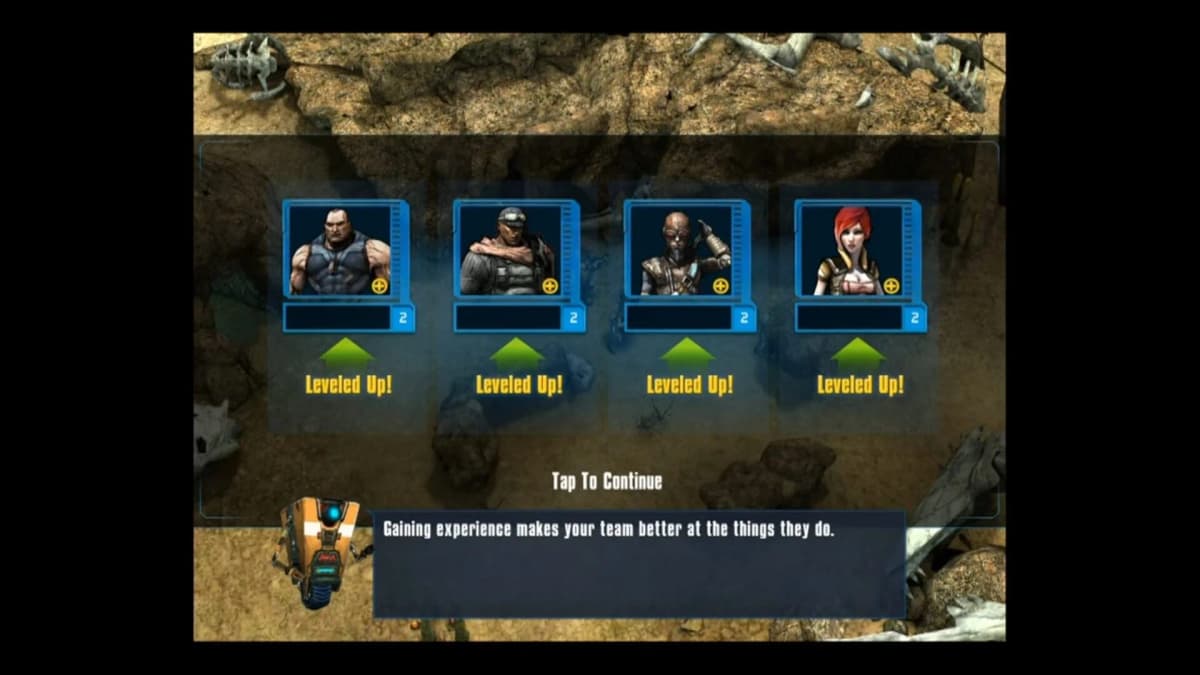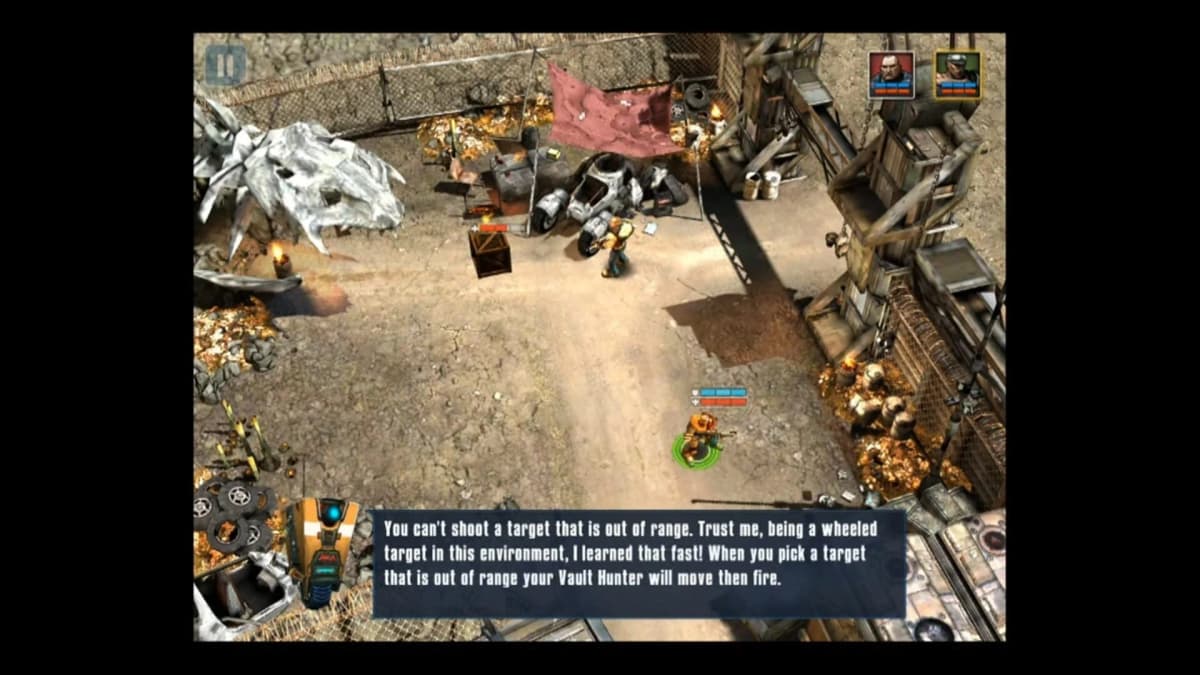
I went into Borderlands 4 on PC with the kind of optimism you only get from a series that rewired your brain chemistry in your twenties. I set aside the weekend, fired it up on my Ryzen 7/RTX 3080 rig, bumped the FOV to 100, killed motion blur, bound the new grapple to Mouse 4 and the glider to a hold on Shift, and basically lived on Kairos for the next ten days. The opening absolutely slaps: blood, banter, a swaggering tone that feels like Borderlands without the juvenile hangover of 3. Claptrap pops up less (blessing or curse depending on your tolerance), the humor aims a touch sharper, and the cinematics have a confident snap-big punches of comic-book energy without drowning everything in winks.
The story sets the table with a clean break. New planet. New big bad. New lieutenants to topple. It’s approachable if you bounced off the older games, which I respect. But after a strong first act, I hit the shape of the campaign: the Guardian of Time and his three region bosses, tackled in any order. It’s the kind of structure that sounds like freedom and plays like repetition. Think “choose your province, clear the checklist, watch the meter fill” energy. By hour 15 I could feel the pattern calcifying-breach fortifications, trigger a wave defense, hear a sardonic quip, push to a mini-boss, scoop loot, sprint to the next icon. The villain mostly hovers as narrator-amusing at times, rarely memorable. By the time credits rolled (just past 30 hours for me), the broader arc had already faded like a dream I didn’t write down.
Kairos is a looker. The art team threads that Borderlands inked style with a slightly more grounded palette, and it works. In one evening session, I watched a rust-orange storm roll across a ruined valley, kissed by neon signage and bioluminescent weeds. Screenshots come easy here. It’s not a technical showpiece, but it’s consistently striking.
The open world is the big swing. On paper, it’s the right move: less corridor, more chaos. In practice, it borrows heavily from the Ubisoft school of design. The map bursts with question marks, challenges, encampments, contracts, collectibles, and the occasional puzzle detours. It’s dense, yes. It’s also familiar to a fault. The loop is quantity-first, with a “clear the map” itch that’s more Sisyphean than exploratory. I loved the first time I clambered up a cliff via grapple anchors, jumped into the wind, popped the glider, and surfed a thermal to a hidden plateau. I did not love realizing that satisfying traversal often fed me into the same small set of activities dressed in slightly different costumes.
For all my complaints, there are bright spots of discovery. The hunt for the “Lost Arches” (think hidden Vault-flavored detours) gave me real “oh, neat” energy—compact pockets that bend the rules a bit, with rewards that matter to your build. I won’t spoil the trick, but they broke up the fatigue just enough that I started seeking them out instead of the umpteenth outpost cleanse.
Mechanically, this is the most mobile Borderlands has ever felt. The grapple is limited to anchor points, but when it flows—grapple up, mantle, short glide to flank, slide into cover, action skill primed—it’s a blast. The glider isn’t just a traversal perk either; it lets you start fights from vertical angles, drop in with a slam, or disengage when a mob stacks too much pressure. That increased mobility pairs well with series staples: the elemental dance of fire, shock, corrosive, radiation, cryo, and the tiny math games you play every time a new purple pops with a borderline comedic subtitle.

I built for survivability and control: cooldown mods, stacking DOTs, a mid-range rifle with a tight hip-fire spread to chew through adds, and a chunky shield that rewarded perfect reloads. Early on, I felt like a scrappy assassin, zipping into advantageous angles and disintegrating packs. Then the mid-game mooks started absorbing bullets like a tarp in a rainstorm. Enemies frequently turn into health-point hogs, and the bestiary cycles through too few archetypes, palette-swapping and scaling stats to keep up. Even with a strong build, some firefights dragged. The AI isn’t outright broken; it’s just not very clever, and when you pair basic behaviors with spongey health bars, you start to feel like you’re sweeping a warehouse more than improvising a shootout.
Boss fights, though—those frequently clicked. One early encounter had me juggling shock resist wonks while the arena flooded with reinforcements; using the grapples in the environment to reposition between add waves gave it a distinct rhythm. Late-game difficulty does spike. On “normal,” I took several attempts on a final area that bombards you with elite heavies while the boss leverages area denial attacks that feel tuned for co-op. Soloing the campaign is doable, but not exactly casual. On a Sunday night, I caught myself white-knuckling the mouse, muttering buffs under my breath like a sports superstition. The checkpointing is fair; the time-to-kill variance is not.
When Borderlands leans into RPG fiddling, I melt. Borderlands 4 doubles down on class identity and gear synergy in ways that make the grind feel justified. Between the distinct class archetypes (each with punchy action skills and branching augments), skill points that actually matter, and gear passes that meaningfully change how a gun feels, it’s dangerously easy to lose an evening min-maxing. You will swim in trash drops—sell, mark as junk, mass-scrap becomes your friend—but that just makes the “precious” pop harder. After two hours of nothing, I finally rolled a corrosive shotgun with a faster pellet falloff, reload on crit, and a passive that fed my skill cooldown. The build snapped into focus. Doorways became meat grinders. That’s the loop at its best: you push because the next percentile might be the one.
I also appreciated how the movement toys integrate with builds. I swapped a few passive perks to get a chunkier air-control bonus and glide stamina, and suddenly an area that had been a DPS race became a relocation puzzle: pull aggro, glide out, tag adds with DOTs, land on a flank to burst the priority target. It’s not Titanfall, but it’s more expressive than any previous Borderlands.

Borderlands 4 works solo; it sings in co-op. Over two nights, I ran with a trio: one friend on console, another on a potato laptop, me on PC. Cross-play worked painlessly. You can teleport to a teammate’s position on the map, which sounds small but saved us a hundred “you there yet?” pings. We tossed each other drops like Halloween candy and basically turned the whole map into a company retreat from hell.
Favorite moment: a refinery stronghold had us stuck on a mid-boss who repeatedly flushed us with adds and corner rockets. We kept trying to brute force from the center. Then we looked up, pieced together a route using three grapple anchors, and staged from the catwalks. I glided across to proc DOTs and peel adds, our heavy ran the boss in circles, and our third kept a chain of revives alive. The fight went from spammy chaos to a coordinated dance. That’s Borderlands when it’s alive. If you can, play this with friends—ideally, the kind who don’t mind wiping until you theorycraft a plan and execute it too cleanly to survive the next patch notes.
Gearbox reimagines the post-game with a five-rung difficulty ladder and weekly challenges that remix campaign missions and boss fights with mutators. You chew through reruns, chase leaderboards, and earn unique “Firmwares,” special upgrades you can slot into gear—transferable once to another item. Conceptually, I like it. In practice, our trio cleared the first three tiers in one relaxed session, hit a wall on the fourth, and started theorycrafting new builds on the fifth we couldn’t yet touch. That arc is fine for casuals looking to stretch the experience. If you’re a hardcore endgame grinder, you might burn it down in a weekend and wonder why the treadmill stopped. I wanted just a bit more variety in the weekly pool, and a new boss or two outside the campaign reruns would go a long way.
My setup: Ryzen 7 5800X, RTX 3080, 32GB RAM, NVMe SSD, 1440p/144Hz G-Sync display. I ran high settings with the game’s temporal upscaler at quality to keep headroom in the big fights. In general combat, framerates lived between 80-120 fps. In busy hubs and certain stormy biomes, I dipped into the 50s. The bigger issue was stutter, the kind that feels like background compilation or asset streaming. The first couple of hours were rougher—micro-hitches when sprinting into new areas, a heavier hitch during certain boss intros, and one nasty freeze when I fast-traveled into a mission area while a friend was already in combat. VRR masked some of it; it never fully went away.
I had one crash to desktop in 40+ hours, plus a few minor bugs: a grapple anchor that wouldn’t register until a reload, a glider prompt that ghosted while I was over a chasm (enjoyed that fall), and two side quests that refused to mark complete until I reentered the zone. Nothing save-busting, but enough that I started quick-saving habits in a game that doesn’t really want you doing that. It’s playable, but the optimization needs a pass, especially on PC where expectations (and hardware variability) are brutal. The art carries the day, but the tech doesn’t match it beat for beat.

If you love the series for its loot alchemy and co-op chaos, this is an easy recommendation—with friends. You’ll argue about builds, share drops, and outsmart bosses in ways that remind you why this franchise still hits. If you’re coming for a transformative open world, a knockout campaign, or a pristine PC technical package, temper expectations. There’s joy here, but it’s buried under checklists and occasional stutter.
Borderlands 4 is a punk-apo postcard pinned to a board of busywork. I had a genuinely good time laterally slicing through fights, tinkering with builds until something broke open, and clown-carring around Kairos with friends. I also felt the drag: the too-familiar activity pool, the repeated enemy types, the late-game spike that felt tuned to push me out of solo into co-op whether I wanted it or not, and the persistent PC jank that undercut the flow at key moments.
Is it a step forward? In moment-to-moment play, absolutely—the grapple and glider alone made me rethink how I approach Borderlands firefights. In structure and technical polish, it’s two steps sideways. I’m rooting for updates to widen the endgame, tweak enemy health, and shore up performance. In the meantime, if your group chat’s been quiet, this will wake it up. If you’re a lone wolf, you may tap out after the campaign and a flirt with the weekly rung.
Rating: 7/10. Borderlands 4 is a fast, funny, gorgeous grind with a repetition tax. Pay that tax with friends, and you’ll come out ahead.
Get access to exclusive strategies, hidden tips, and pro-level insights that we don't share publicly.
Ultimate Reviews Strategy Guide + Weekly Pro Tips